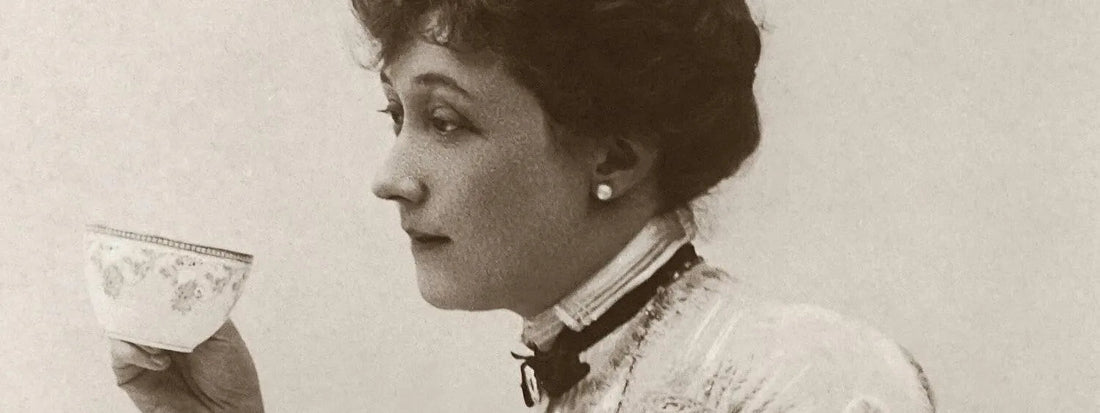
History of ceramics: From the beginnings to today
Share
Ceramics have accompanied humanity for thousands of years. Their journey begins in the earliest civilizations and extends to the present day, where they continue to play a significant role in art and everyday life. In this article, we delve into the fascinating history of ceramics and shed light on how ceramic firing has revolutionized this art form.
The origins of ceramics
The first ceramic objects were created over 26,000 years ago in the Paleolithic period. The Venus of Dolní Věstonice, a clay figurine from the Czech Republic, is one of the oldest examples. These early pieces were usually fired in an open fire, which led to uneven results.
Ancient Mesopotamia and Egypt
With the development of agriculture and settlement in Mesopotamia and Egypt around 10,000 years ago, ceramics became an essential part of daily life. People used ceramics to store food and water. The invention of the potter's wheel around 3,500 BC marked a turning point, as it allowed for more precise and faster production.
Greek and Roman ceramics
In ancient times, ceramic art reached another peak. The Greeks perfected the technique of black- and red-figure styles, while the Romans introduced innovative glazing techniques. These pieces were not only functional, but also richly decorated and often considered works of art.
Middle Ages and Renaissance
During the Middle Ages, ceramic technology continued to develop. Notable advances were made, particularly in China, such as the invention of porcelain during the Tang Dynasty. The Renaissance in Europe brought a revival of art and science, which also influenced ceramic production. Italian majolica and German stoneware jugs are well-known examples of this period.
Modern ceramics
With industrialization in the 18th and 19th centuries, ceramic production changed fundamentally. Mass production became possible, but at the same time many artists retained traditional handcraft. In the 20th century, ceramics experienced a renewed flowering as an art form thanks to artists such as Pablo Picasso and the Bauhaus movement.
Ceramic firing: An essential process
Firing is the crucial step that transforms raw clay into hard, durable ceramic. Here are some of the most important firing techniques:
- Raku firing : Originally from Japan, known for its surprising and unique results.
- Reduction firing : Creates deep, rich colors through a controlled supply of oxygen.
- Electric firing : Provides precision and control, ideal for consistent results.
Maintenance and post-processing
After firing, ceramic pieces can be glazed or further processed. Proper care and storage are crucial to ensure longevity. Here are some tips:
- Cleaning : Use mild cleaning agents and avoid extreme temperature changes.
- Storage : Store ceramic pieces in a safe, dry place to avoid damage.
Conclusion
The history of ceramics is a story of innovation, culture and art. From its early beginnings in the Paleolithic period to modern art, ceramics have continually evolved and remain an integral part of our lives.
Discover our collections under Collections .
